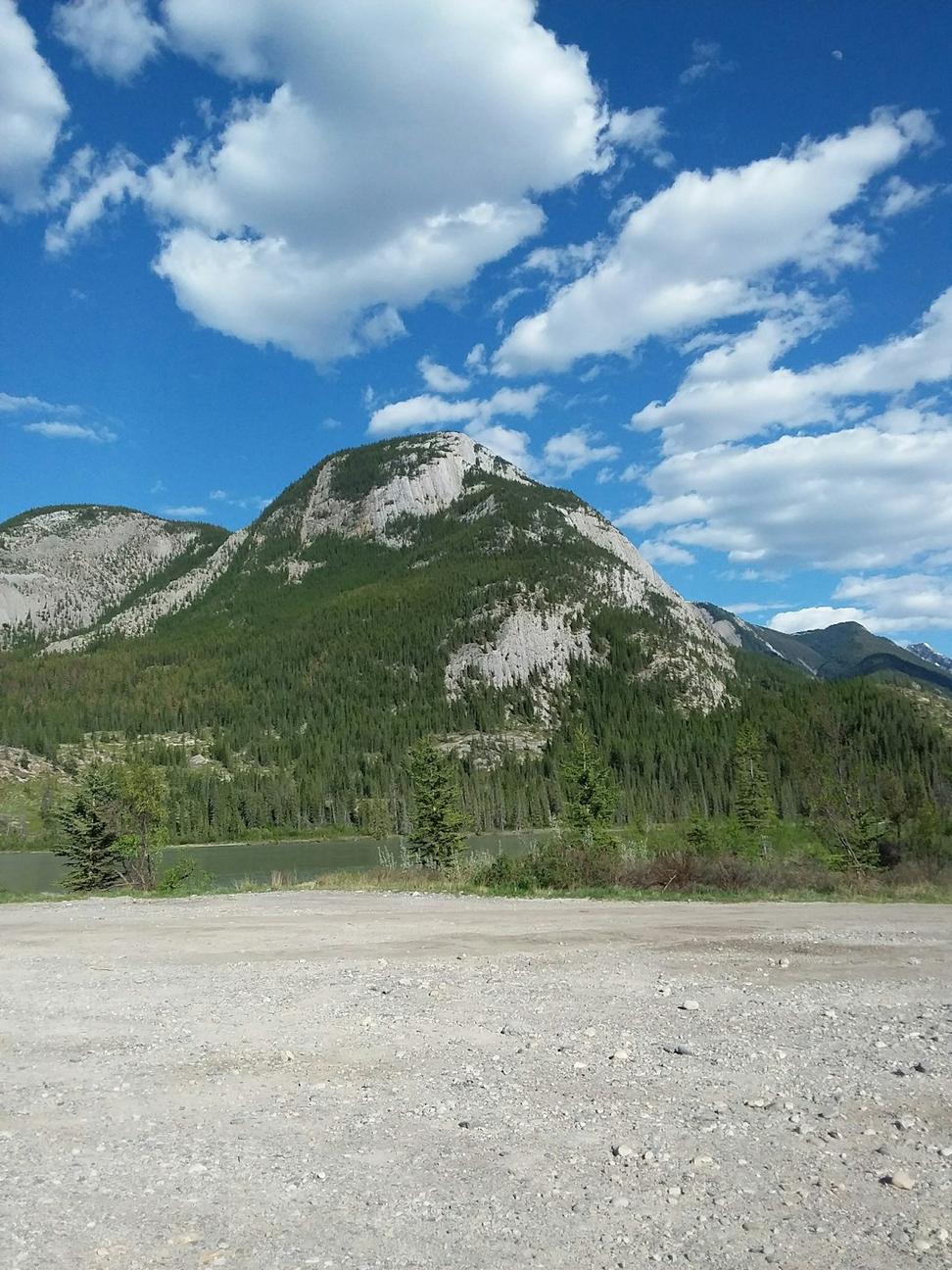
Our Story
Built on grit, respect for the land, and a stubborn belief that good design belongs everywhere - even 300 km past the last paved road
Look, we didn't start in some fancy downtown office. Halrion Frontier was born in a field trailer in Yukon back in 2011, when our founder Sarah Halrion realized that remote communities were getting the short end of the stick when it came to thoughtful architectural planning.
She'd spent five years working on resource extraction projects up north and kept seeing the same pattern - buildings dropped into communities with zero consideration for local culture, climate realities, or long-term sustainability. It bugged her. A lot.
So she quit her cushy Vancouver gig, loaded up a truck with drafting supplies and too much coffee, and started doing things differently. The idea was simple: actually listen to people who live in these places, design for the environment you're IN (not the one you wish you were in), and build stuff that'll last through whatever winter throws at it.
Fourteen years later, we're still at it. Our team's grown, we've got an actual office now (with heat and everything), but the philosophy hasn't changed one bit.
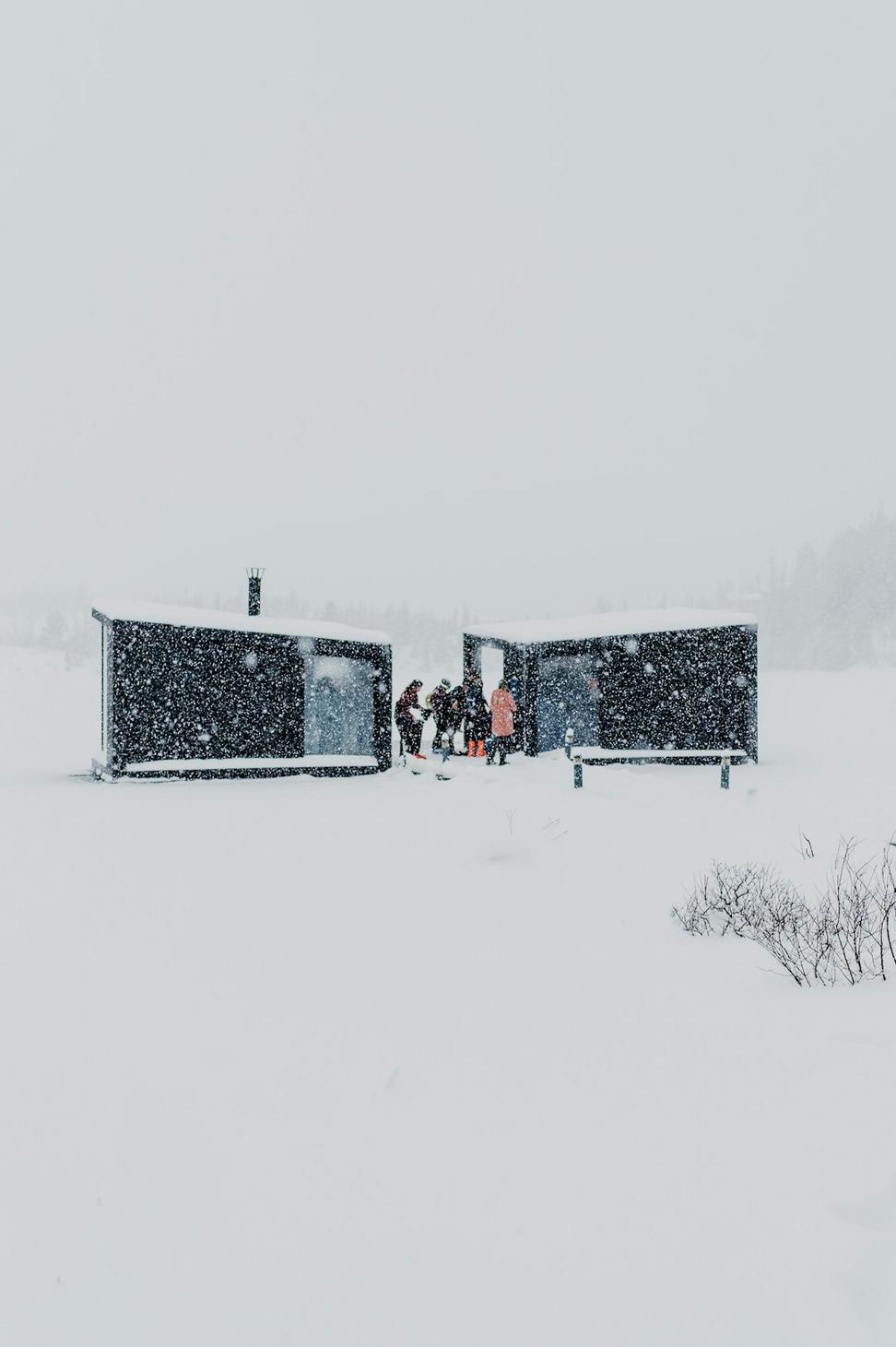
We're not talking about slapping some solar panels on a roof and calling it green. Sustainability in the north means designing for minus-forty winters, supply chains that run twice a year, and communities where replacing a broken part might take six months. It's about buildings that work WITH the environment, not against it - because up there, the environment always wins.
Every project starts with listening. We've learned more from community elders, local hunters, and people who've lived through forty northern winters than we ever did in architecture school. Indigenous knowledge about land, weather patterns, and sustainable living isn't just valuable - it's essential. We don't design FOR communities, we design WITH them.
Fancy architectural theory falls apart when there's no road access and the nearest hardware store is a three-hour flight away. We innovate within real constraints - designing systems that locals can maintain, using materials that can actually GET to the site, and creating solutions that work when the power grid goes down (which it will).
We're not building for next year's architecture awards. We're designing for the next fifty years of use, for climate conditions that're changing fast, and for communities that need buildings they can afford to operate and maintain. That means thinking about whole lifecycle costs, adaptability, and resilience from day one.

Principal Architect & Founder
Twenty years in northern design, including a memorable winter stranded in Old Crow that taught her more about passive heating than any textbook ever could. Still keeps emergency trail mix in her desk drawer. Licensed in BC, YT, and NT.
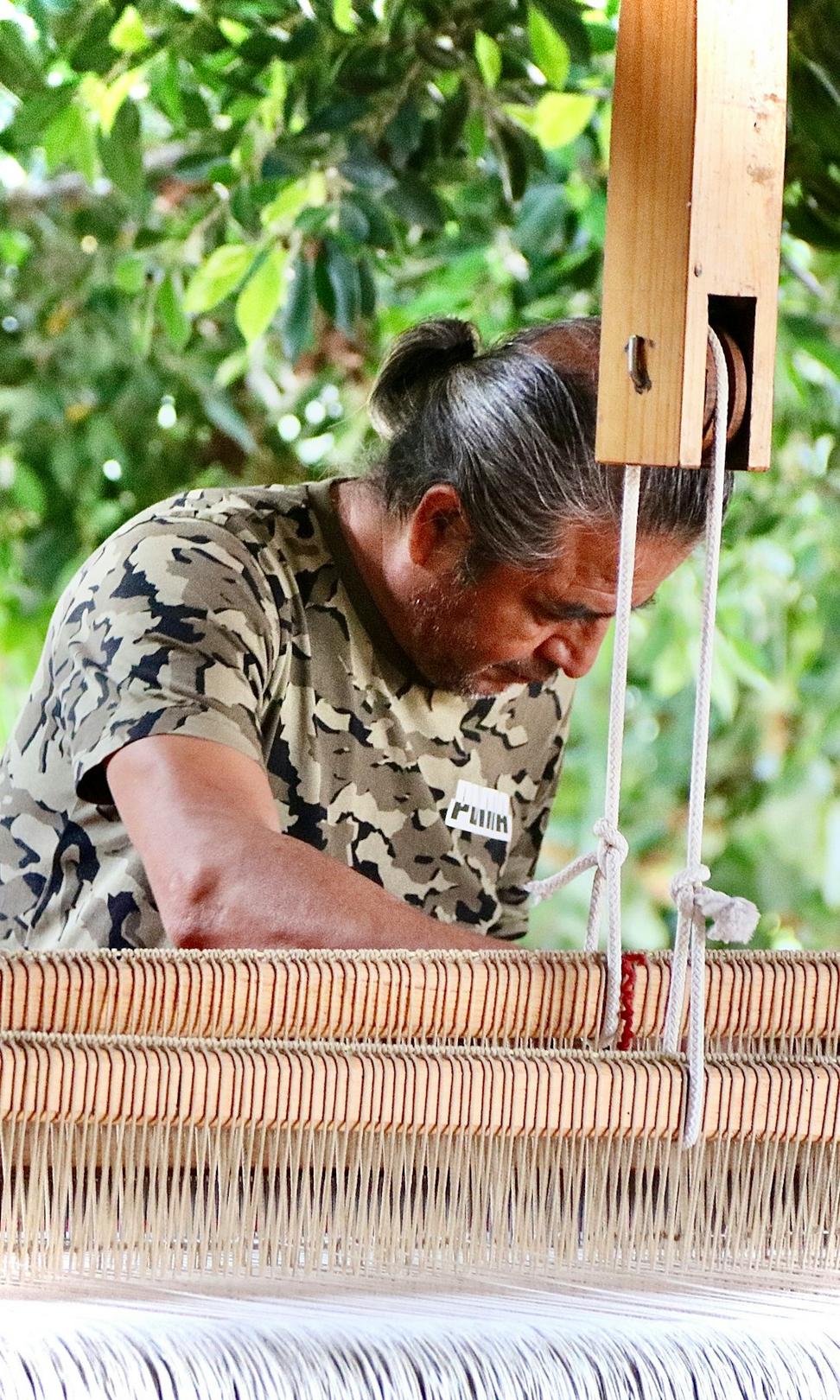
Senior Project Architect
Grew up in Inuvik, studied in Montreal, came back north because he couldn't stand designing buildings that'd collapse under snow load. Specializes in community engagement and cold climate systems. Makes the best bannock you've ever tasted.
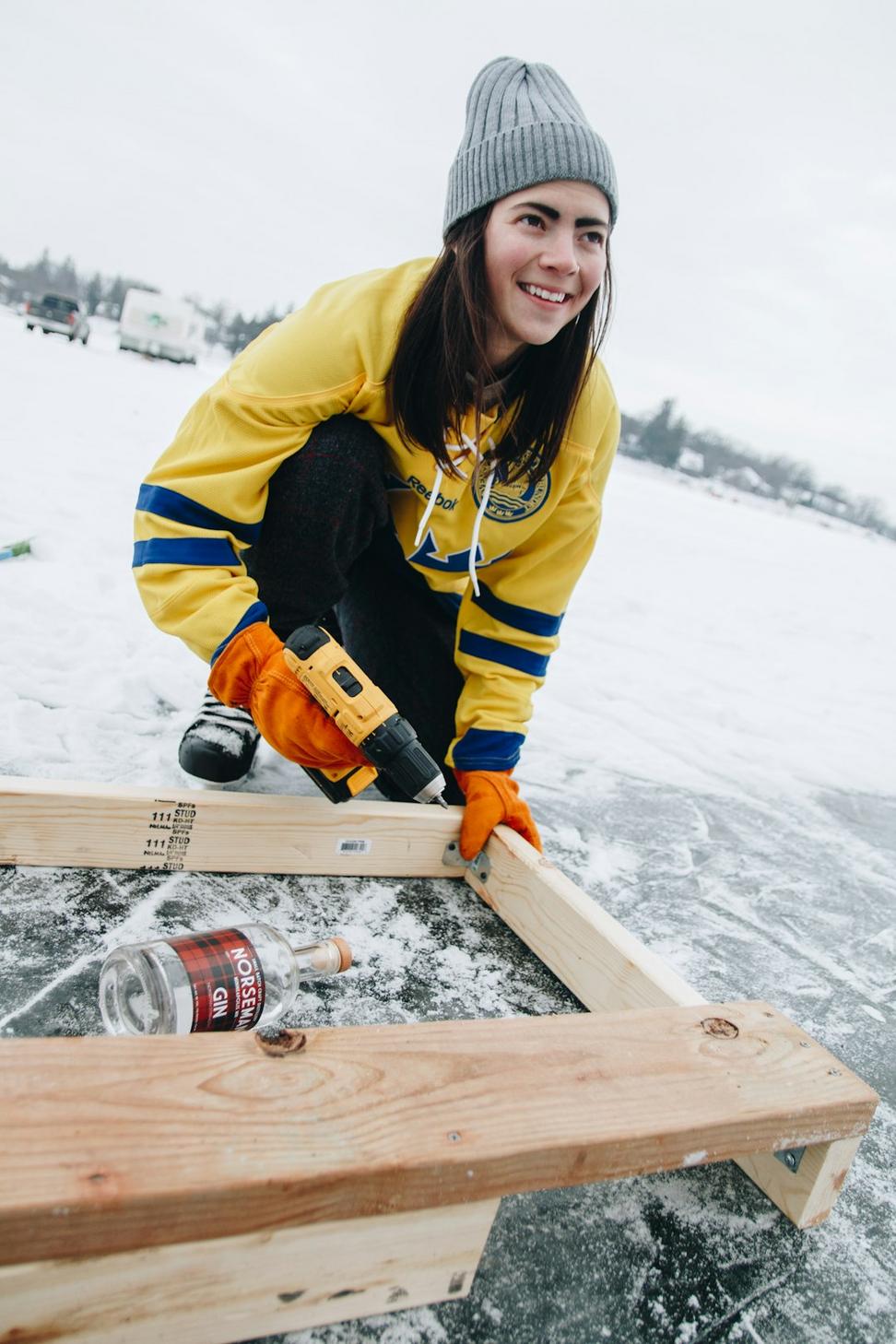
Sustainability Director
PhD in Arctic Engineering from U of A. Spent three years studying permafrost dynamics in Svalbard before joining us. If you need to know how your foundation'll behave in thawing ground fifty years from now, she's your person. Collects data like some people collect stamps.
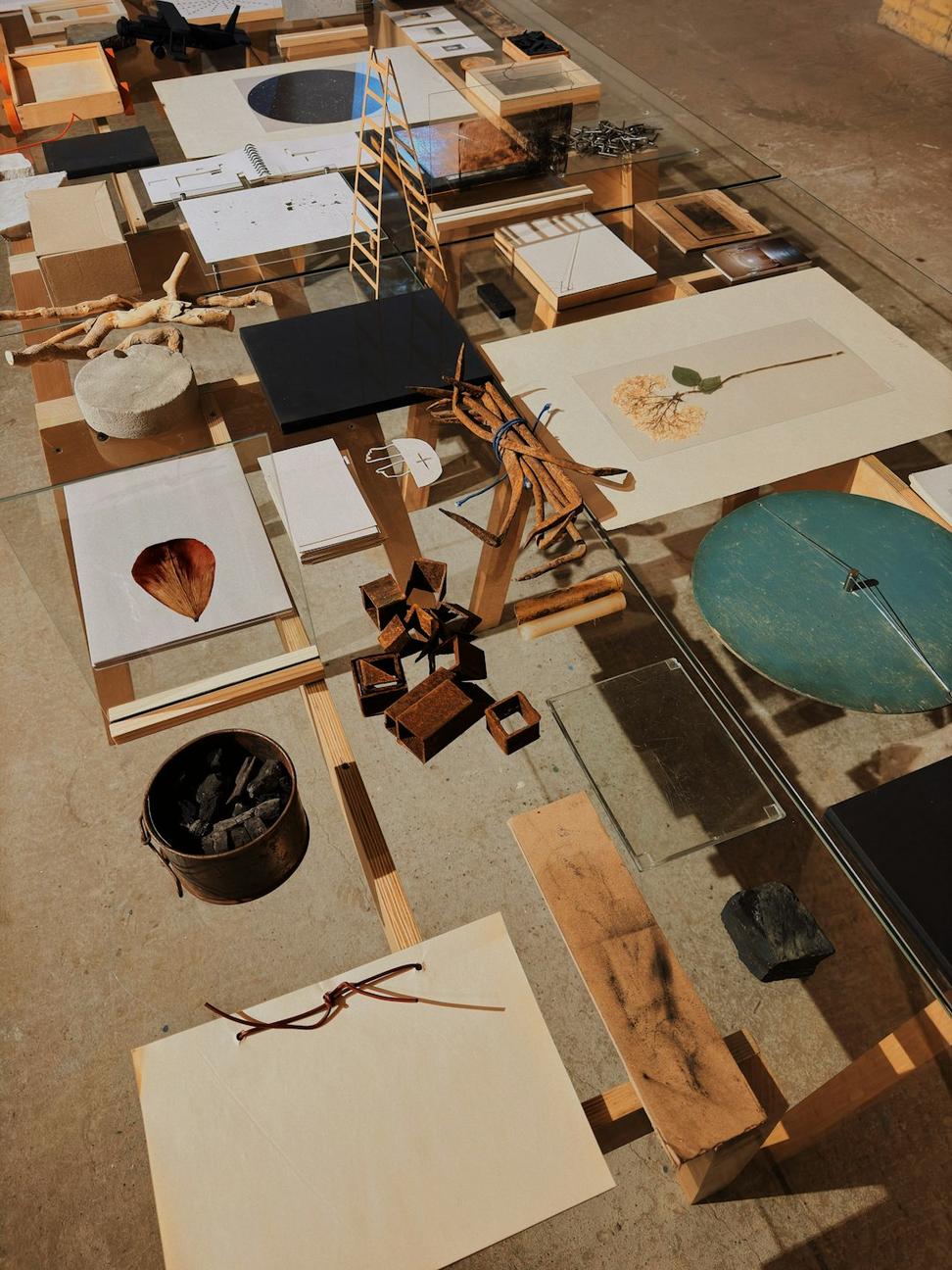
Design Architect
Metis architect who's worked everywhere from Nunatsiavut to Haida Gwaii. Believes buildings should tell stories and reflect the people who use 'em. Also our go-to guy when we need someone to smooth things over with frustrated contractors.

Structural Engineer
Structural engineer who specialized in extreme weather design. Came to us from Japan after working on post-tsunami reconstruction. Can calculate wind loads in her head. Takes permafrost stability personally.
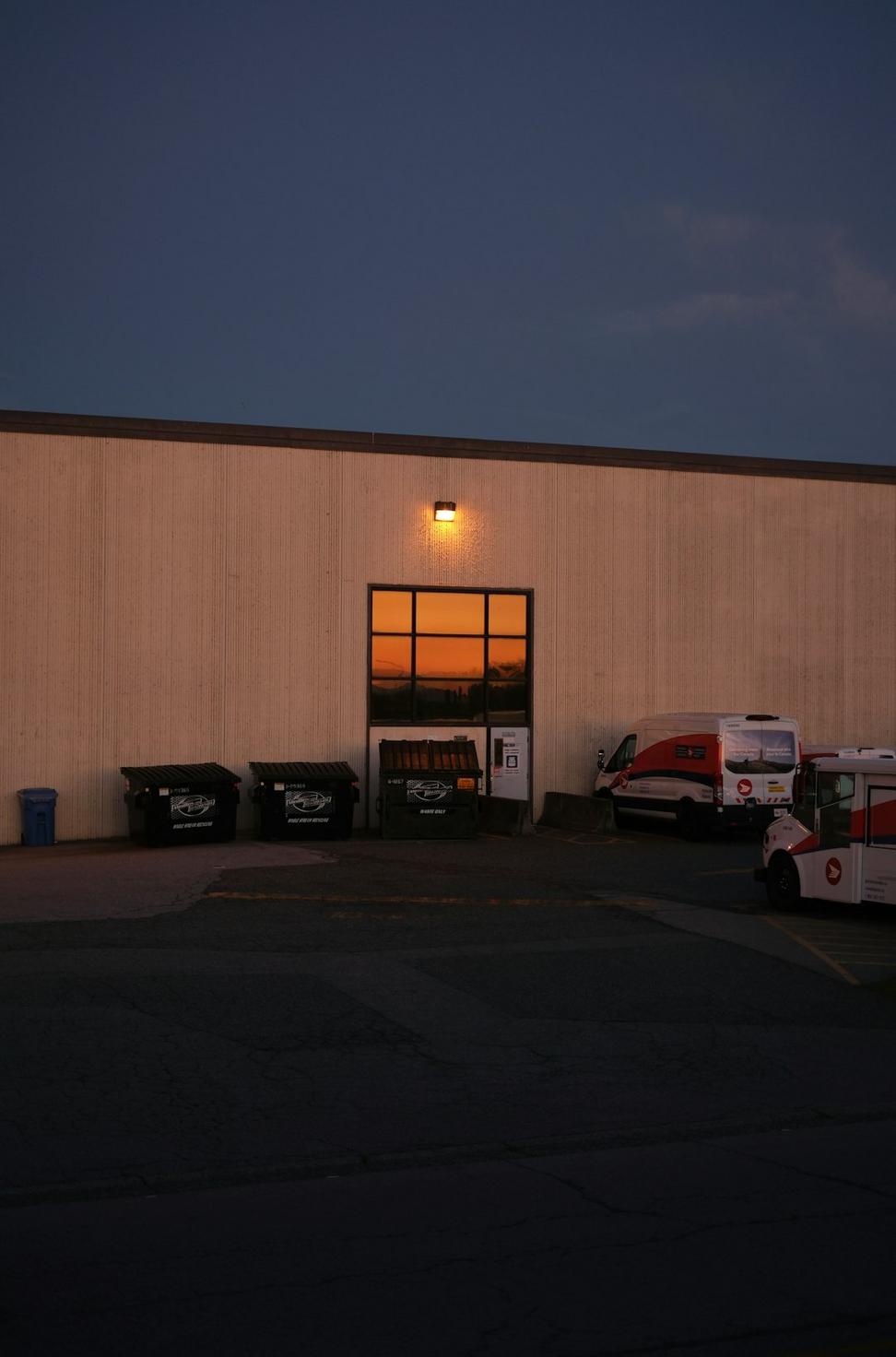
Operations & Logistics Lead
Former bush pilot who knows every ice road and supply route in the territories. If Tom says something can't get to site, believe him. He's forgotten more about northern logistics than most people'll ever know. Keeps us grounded (literally and figuratively).
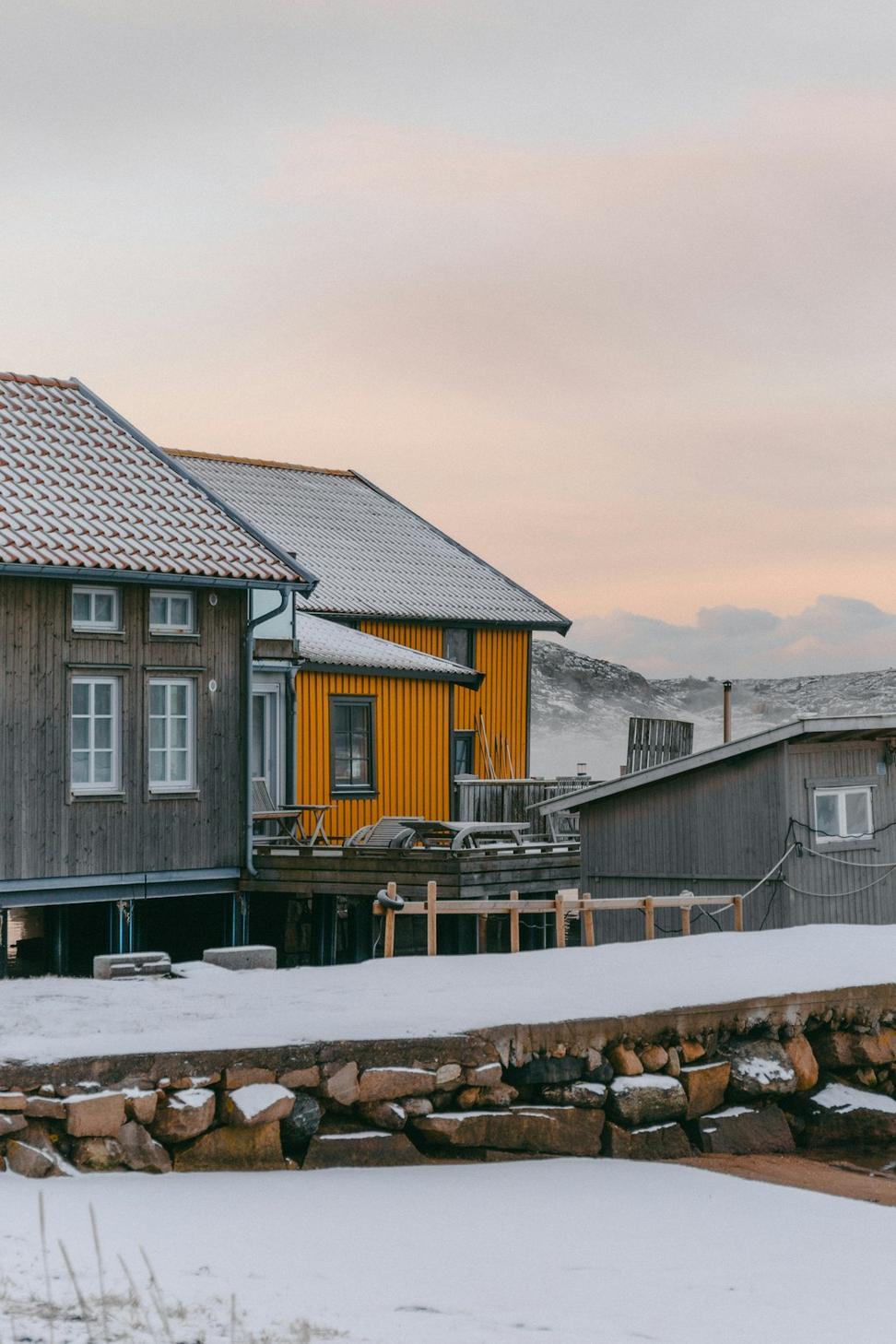
We're not gonna sugarcoat it - northern projects are tough. Supply chains are complicated, weather windows are short, and there's about a million ways things can go sideways. But we've learned a few tricks over the years.
Every project starts with site visits - actual boots-on-the-ground time, not just looking at satellite photos. We talk to locals, walk the land (or snowshoe it), and figure out what the site's trying to tell us. Where does snow accumulate? How does water drain? What're the prevailing winds? This stuff matters when you're designing for minus-forty.
Then we get into iterative design sessions with community members. Not formal presentations where we show up with finished plans - actual working sessions where we sketch, discuss, adjust, and figure things out together. Yeah, it takes longer. Yeah, it's worth it.
We design everything with maintainability in mind. Fancy HVAC systems are great until they break and the nearest certified tech is 800 km away. We specify materials we know can get to site and that local crews have experience with. We provide training and detailed maintenance manuals that actually make sense.
And we stick around after construction. Most of our projects include multi-year monitoring and support agreements, 'cause we want to know how our buildings actually perform and we want communities to have backup when they need it.
If you've got a project in a place where the frost goes three meters deep and the nearest Starbucks is a helicopter ride away, we should probably talk.
Get In Touch